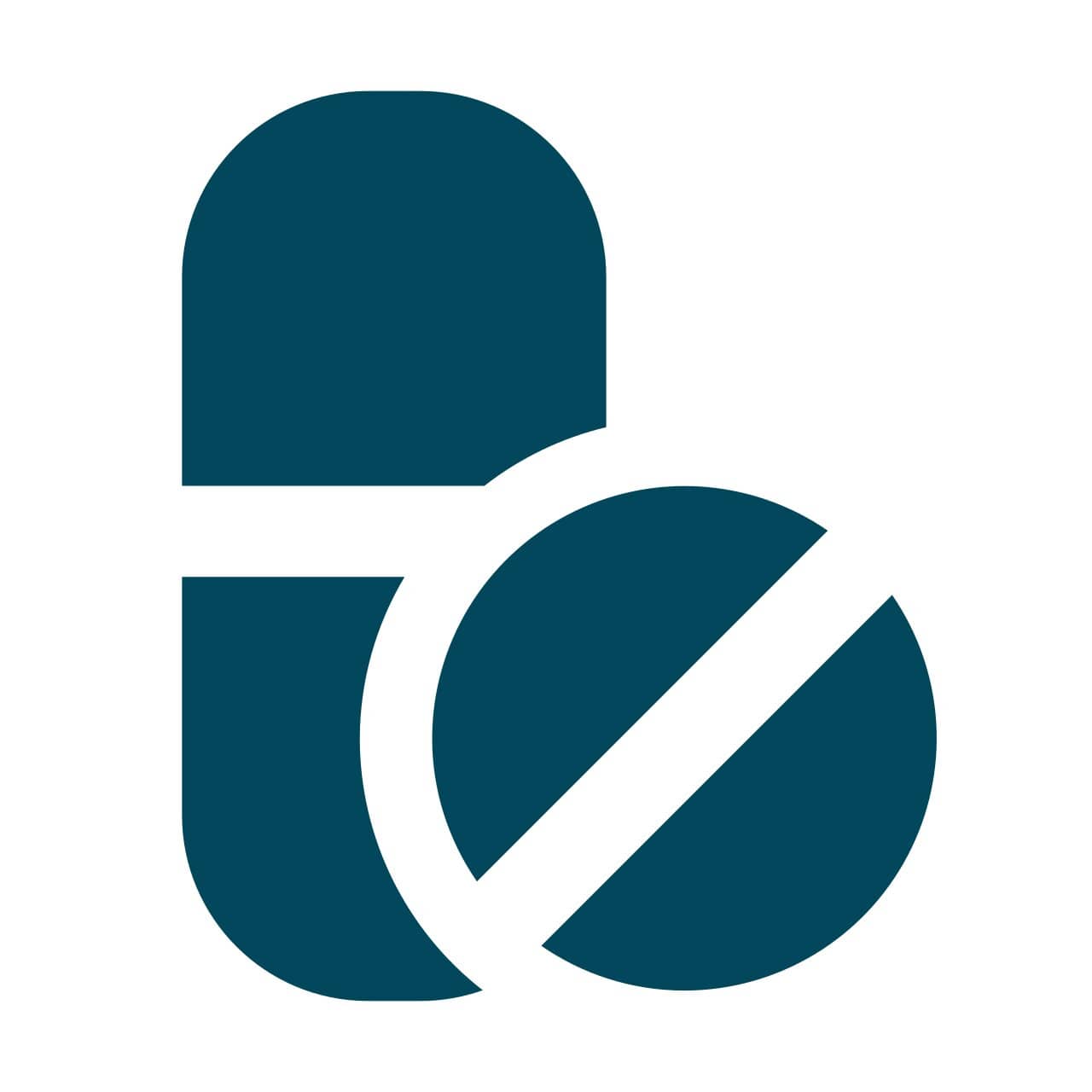CILOXIN 200MG TABLET


MRP ₹142.46
(Inclusive of all Taxes)
₹21.4 Cashback (15%)
Provide Delivery Location
Online payment accepted
 Prescription drug
Prescription drugWhats That
Composition :
Manufacturer/Marketer :
Consume Type :
Expires on or after :
Return Policy :
NPPA :
About CILOXIN 200MG TABLET
CILOXIN 200MG TABLET belongs to a class of medication called antibiotics used in the treatment of several bacterial infections of the urinary tract, ears, nose, throat, chest, lungs, etc. The bacterial infection is a condition in which harmful bacteria grows in the body and cause infection. It can infect any part of the body and multiple very quickly. CILOXIN 200MG TABLET does not work against infections caused by the virus.
CILOXIN 200MG TABLET is a combination of two drugs, namely: Cefixime (antibiotic) and Lactobacillus (probiotic). Cefixime belongs to the class of antibiotics that works by interfering with the formation of the bacterial cell wall (a protective covering) that is necessary for their survival. Thereby damages the bacterial cell wall and kills bacteria. Lactobacillus belongs to the class of probiotics (live micro-organisms that keeps the body healthy) that helps to restore good bacteria in the intestines. Thereby, it prevents diarrhoea and loss of beneficial bacteria due to the prolonged intake of CILOXIN 200MG TABLET.
Take CILOXIN 200MG TABLET as prescribed by your doctor. You are advised to take CILOXIN 200MG TABLET for as long as your doctor has prescribed it for you based on your medical condition. In some cases, you may experience dizziness, nausea, vomiting, diarrhoea, stomach pain, indigestion, gas, bloating, headache or vaginal itching. Most of these side effects of CILOXIN 200MG TABLET do not require medical attention and gradually resolve over time. However, if the side effects persist or worsen, please consult your doctor.
If you are allergic to CILOXIN 200MG TABLET, penicillins, cephalosporin antibiotics or any other medicines, please tell your doctor. If you are pregnant or breastfeeding, consult a doctor before taking CILOXIN 200MG TABLET. CILOXIN 200MG TABLET is not recommended for children below 10 years as the safety and effectiveness were not established. Drive only if you are alert as CILOXIN 200MG TABLET may decrease alertness, cause confusion, unusual muscle movements or stiffness. You are recommended to complete the full course of CILOXIN 200MG TABLET as prescribed by your doctor for effective results.
Uses of CILOXIN 200MG TABLET
Directions for Use
Key Benefits
CILOXIN 200MG TABLET is a combination of two drugs, namely: Cefixime and Lactobacillus used in the treatment of several bacterial infections. Cefixime is a broad-spectrum antibiotic that acts against both aerobic (grow in the presence of oxygen) and anaerobic (grow in the absence of oxygen) gram-negative and gram-positive bacteria. It interferes with the formation of the bacterial cell wall (a protective covering) that is necessary for their survival. Thereby damages the bacterial cell wall and kills bacteria. Lactobacillus is a probiotic (live micro-organisms that keeps the body healthy) that helps to restore good bacteria in the intestines. Thereby, it prevents diarrhoea and loss of beneficial bacteria due to the prolonged intake of CILOXIN 200MG TABLET.
Storage
Drug Warnings
If you are allergic to CILOXIN 200MG TABLET, penicillins, cephalosporin antibiotics or any other medicines, please tell your doctor. If you have kidney or liver problems, weak immune system or inflammation of the large intestine, inform your doctor before taking CILOXIN 200MG TABLET. If you are pregnant or breastfeeding, consult a doctor before taking CILOXIN 200MG TABLET. CILOXIN 200MG TABLET is not recommended for children below 10 years as the safety and effectiveness were not established. Drive only if you are alert as CILOXIN 200MG TABLET may decrease alertness, cause confusion, unusual muscle movements or stiffness. You are recommended to complete the full course of CILOXIN 200MG TABLET as prescribed by your doctor for effective results. CILOXIN 200MG TABLET may interact with certain blood or urine tests giving false-positive results. Therefore, inform your doctor that you are taking CILOXIN 200MG TABLET before undergoing any tests.
Drug-Drug Interactions
Drug-Drug Interactions
Login/Sign Up
Co-administration of Ciloxin 200mg Tablet with Cholera vaccine may reduce the effectiveness of the vaccine.
How to manage the interaction:
Talk to your doctor before receiving the cholera vaccine if you are currently being treated with Ciloxin 200mg Tablet or have been treated within the last 14 days. To ensure adequate vaccine response, you should not receive cholera vaccine until at least 14 days after you complete your antibiotic therapy. Do not discontinue the medication without consulting a doctor.
Drug-Food Interactions
Drug-Food Interactions
Login/Sign Up
Diet & Lifestyle Advise
- Take probiotics after completing the full course of CILOXIN 200MG TABLET to restore some healthy bacteria in the intestines that may have been killed. Taking probiotics after antibiotic treatment can reduce the risk of antibiotic-associated diarrhea.
- Certain fermented foods like cheese, yogurt, kombucha, sauerkraut, and kimchi can help to restore the good bacteria of the intestine.
- Include fiber-rich foods, as they can be easily digested by your gut bacteria, which helps stimulate their growth. Thus, fiber-rich foods may help restore healthy gut bacteria after a course of antibiotics. Whole grains such as brown rice and whole-grain bread should be included in your diet.
- Make sure you drink plenty of water or other fluids every day while you are taking CILOXIN 200MG TABLET.
- Avoid alcohol consumption as it may increase adverse effects.
Side Effects of CILOXIN 200MG TABLET
- Dizziness
- Nausea
- Vomiting
- Diarrhoea
- Stomach pain
- Indigestion
- Gas
- Bloating
- Headache
- Vaginal itching
Habit Forming
Therapeutic Class
All Substitutes & Brand Comparisons
Author Details
We provide you with authentic, trustworthy and relevant information
Drug-Diseases Interactions
Drug-Diseases Interactions
Login/Sign Up
FAQs
CILOXIN 200MG TABLET contains Cefixime and Lactobacillus. Cefixime is an antibiotic that works by interfering with the formation of the bacterial cell wall (a protective covering) that is necessary for their survival. Thereby, damages the bacterial cell wall and kills bacteria. Lactobacillus is a probiotic (live micro-organisms that keeps the body healthy) that helps to restore good bacteria in the intestines. Thereby, prevents diarrhoea and loss of beneficial bacteria due to prolonged intake of CILOXIN 200MG TABLET.
CILOXIN 200MG TABLET may cause diarrhoea as a common side effect. However, if the condition persists, worsens or if you notice blood or mucus in stools, avoid taking CILOXIN 200MG TABLET and consult a doctor immediately.
CILOXIN 200MG TABLET may be used to treat lung infection caused by bacteria. CILOXIN 200MG TABLET is an antibiotic that kills bacteria and prevents the spread of infection.
You are not recommended to take CILOXIN 200MG TABLET with warfarin as co-administration of these two medicines may increase the risk of bleeding more easily. However, please consult your doctor before taking CILOXIN 200MG TABLET with other medicines.
CILOXIN 200MG TABLET may interfere with a urine test or blood test giving false-positive results. Therefore, if you are about to undergo any laboratory tests, inform your doctor or lab technician that you are taking CILOXIN 200MG TABLET.
CILOXIN 200MG TABLET is not used to treat viral infections. CILOXIN 200MG TABLET is an antibiotic which is used to treat only bacterial infections.
You are not recommended to stop taking CILOXIN 200MG TABLET without consulting your doctor as it may worsen the infection or cause recurring symptoms. Therefore, take CILOXIN 200MG TABLET for as long as your doctor has prescribed it and if you experience any difficulty while taking CILOXIN 200MG TABLET, please consult your doctor.
Drug-Drug Interactions Checker List
- WARFARIN
- FUROSEMIDE
- DEXAMETHASONE
- METHYLPREDNISOLONE
- PREDNISONE
- TACROLIMUS
- CICLOSPORIN
Special Advise
If you are about to undergo any blood or urine tests, inform your doctor that you are taking CILOXIN 200MG TABLET as it may interfere with these tests.
Disease/Condition Glossary
Bacterial infection: It is a condition in which harmful bacteria grows in the body and cause infection. It can target any part of the body and multiple very quickly. Bacteria come in three basic shapes, namely spherical, rod or spiral-shaped. Bacteria may be gram-positive (have thick cell wall) or gram-negative (do not have cell wall). Appropriate tests are done to identify bacterial strains and based on the results, proper medication is prescribed. Some common symptoms of bacterial infection include cough, fever and tiredness.

Have a query?
Buy best Infections & Infestation products by
Cipla Ltd
Macleods Pharmaceuticals Ltd
Alkem Laboratories Ltd
Lupin Ltd
Abbott India Ltd
Sun Pharmaceutical Industries Ltd
Mankind Pharma Pvt Ltd
Micro Labs Ltd
Aristo Pharmaceuticals Pvt Ltd
FDC Ltd
Intas Pharmaceuticals Ltd
Glenmark Pharmaceuticals Ltd
Ipca Laboratories Ltd
Torrent Pharmaceuticals Ltd
Zydus Healthcare Ltd
Biochem Pharmaceutical Industries Ltd
Zuventus Healthcare Ltd
United Biotech Pvt Ltd
Hetero Drugs Ltd
Emcure Pharmaceuticals Ltd
Alembic Pharmaceuticals Ltd
Indoco Remedies Ltd
Fusion Health Care Pvt Ltd
Dr Reddy's Laboratories Ltd
Leeford Healthcare Ltd
Cadila Healthcare Ltd
Wockhardt Ltd
Zydus Cadila
GlaxoSmithKline Pharmaceuticals Ltd
Morepen Laboratories Ltd
Blue Cross Laboratories Pvt Ltd
Cadila Pharmaceuticals Ltd
Converge Biotech Pvt Ltd
Elder Pharmaceuticals Ltd
Hetero Healthcare Pvt Ltd
Pfizer Ltd
AAA Pharma Trade Pvt Ltd
Gufic Bioscience Ltd
Mylan Pharmaceuticals Pvt Ltd
Corona Remedies Pvt Ltd
Wallace Pharmaceuticals Pvt Ltd
Apex Laboratories Pvt Ltd
Medishri Healthcare Pvt Ltd
Akumentis Healthcare Ltd
Alniche Life Sciences Pvt Ltd
Hegde & Hegde Pharmaceutica Llp
Veritaz Healthcare Ltd
Ranbaxy Laboratories Ltd
Koye Pharmaceuticals Pvt Ltd
Shreya Life Sciences Pvt Ltd
Overseas Health Care Pvt Ltd
Biocon Ltd
Indchemie Health Specialities Pvt Ltd
Medley Pharmaceuticals Ltd
Brinton Pharmaceuticals Ltd
J B Chemicals & Pharmaceuticals Ltd
Unifaith Biotech Pvt Ltd
Ajanta Pharma Ltd
Biochemix Health Care Pvt Ltd
Natco Pharma Ltd
Samarth Life Sciences Pvt Ltd
Unichem International
Laborate Pharmaceuticals India Ltd
Unipark Biotech Pvt Ltd
Zymes Bioscience Pvt Ltd
Indiabulls Pharmaceuticals Pvt Ltd
Neon Laboratories Ltd
Vasu Organics Pvt Ltd
DR Johns Lab Pharma Pvt Ltd
East West Pharma India Pvt Ltd
La Renon Healthcare Pvt Ltd
Medgen Drugs And Laboratories Pvt Ltd
Novartis India Ltd
Canixa Life Sciences Pvt Ltd
Icarus Health Care Pvt Ltd
Lincoln Pharmaceuticals Ltd
Celon Laboratories Pvt Ltd
Concept Pharmaceuticals Ltd
Klm Laboratories Pvt Ltd
Nicholas Piramal India Ltd
Systopic Laboratories Pvt Ltd
Yuventis Pharmaceuticals
Capital Pharma
German Remedies Ltd
Pristine Pearl Pharma Pvt Ltd
Unison Pharmaceuticals Pvt Ltd
Aurz Pharmaceutical Pvt Ltd
Clover Health Care Pharma
Kepler Healthcare Pvt Ltd
Allites Life Sciences Pvt Ltd
Auspharma Pvt Ltd
Intra Life Pvt Ltd
Jolly Healthcare
Linux Laboratories Pvt Ltd
Ozone Pharmaceuticals Ltd
Cachet Pharmaceuticals Pvt Ltd
Comed Chemicals Ltd
Delcure Life Sciences Ltd
Fresenius Kabi India Pvt Ltd
Khandelwal Laboratories Pvt Ltd
Alcohol
Safe if prescribed
Interaction of CILOXIN 200MG TABLET with alcohol is unknown. Please consult a doctor before consuming alcohol while using CILOXIN 200MG TABLET.
Pregnancy
Consult your doctor
Please consult a doctor if you are pregnant or planning for pregnancy. CILOXIN 200MG TABLET is given to pregnant women if the doctor thinks benefits outweigh risks.
Breast Feeding
Consult your doctor
It is unknown whether CILOXIN 200MG TABLET is excreted in human milk. CILOXIN 200MG TABLET is given to breastfeeding mothers if the doctor thinks benefits are greater than risks. Please consult a doctor if you are breastfeeding.
Driving
Safe if prescribed
CILOXIN 200MG TABLET may decrease alertness, cause confusion, unusual muscle movements or stiffness. Therefore, drive only if you are alert after taking CILOXIN 200MG TABLET.
Liver
Consult your doctor
Take CILOXIN 200MG TABLET with caution, especially if you have a history of Liver diseases/conditions. The dose may be adjusted by your doctor as required.
Kidney
Consult your doctor
Take CILOXIN 200MG TABLET with caution, especially if you have a history of Kidney diseases/conditions. The dose may be adjusted by your doctor as required.
Children
Safe if prescribed
CILOXIN 200MG TABLET is not recommended for children below 10 years as the safety and effectiveness were not established.





